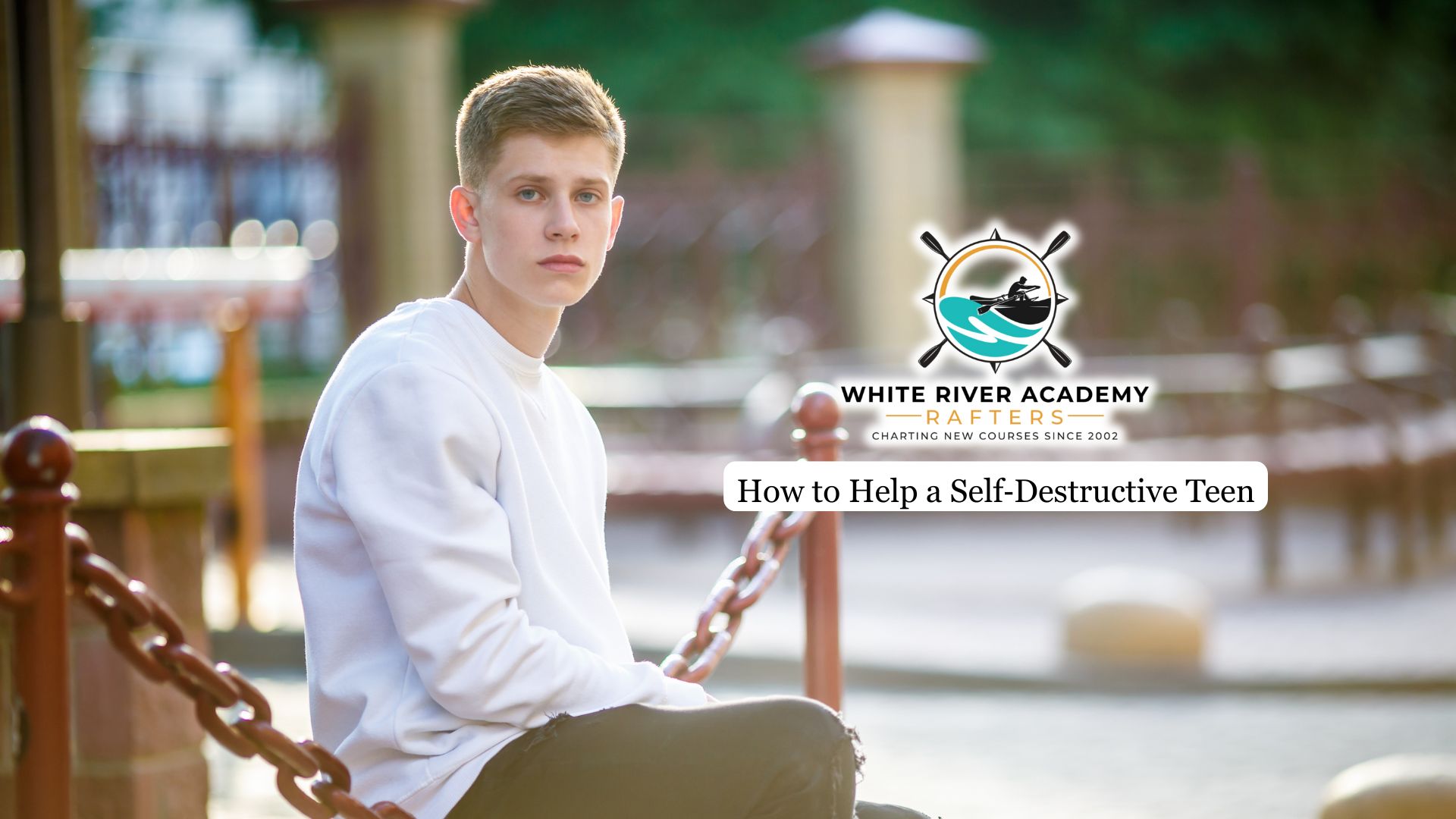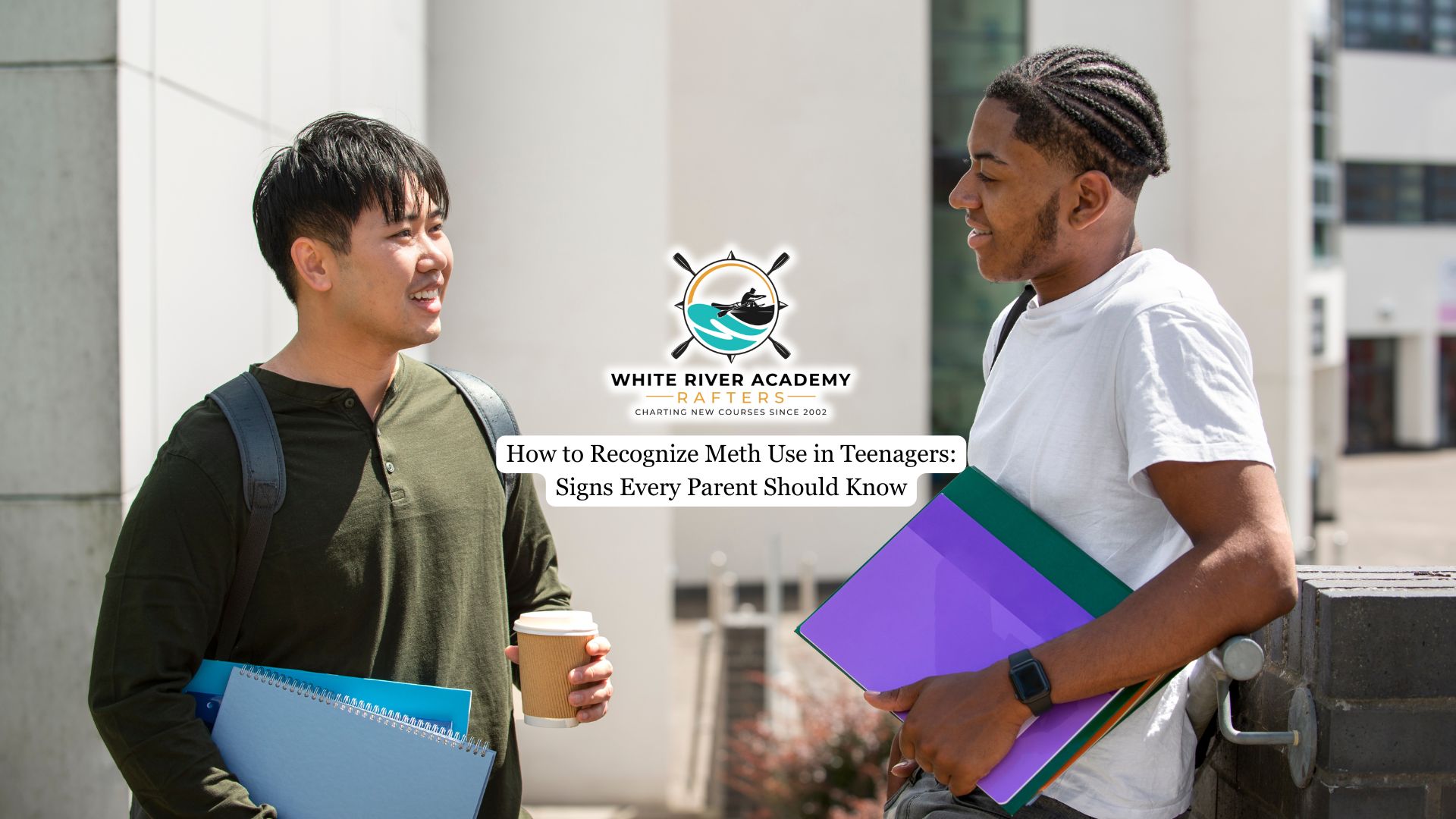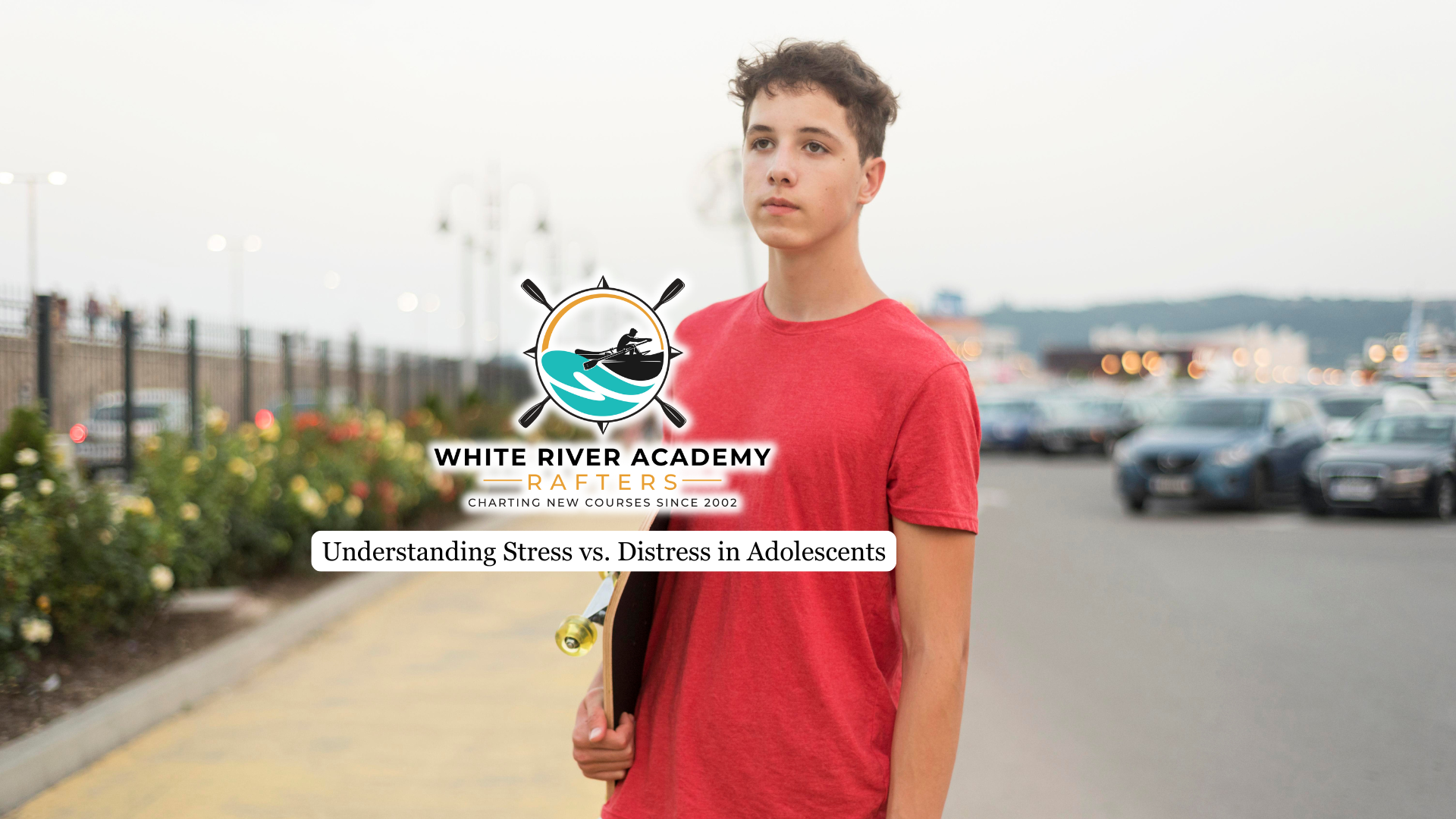Adolescents may exhibit self-destructive behaviors such as emotional instability, risk-taking, or social withdrawal, which can signal underlying mental health concerns or environmental stressors. These behaviors often extend beyond typical developmental challenges and may require targeted support strategies.
This article outlines a structured approach to addressing self-destructive behavior in teenagers, including recognizing behavioral patterns, fostering a supportive environment, and improving communication and accountability.
Recognizing Behavioral and Self‑Destructive Patterns
Self-destructive behavior in adolescents often reflects underlying emotional distress or trauma. These behaviors may include self-harm (such as cutting or burning), substance misuse, reckless actions, and social withdrawal. Teens may display concealed injuries, burns or scars, typically hidden under long sleeves, or they may verbalize feelings of worthlessness and shame, indicating serious emotional pain.
Such mood swings often co-occur with depression or anxiety. Social isolation, dropping hobbies or longstanding friendships, and increased experimentation with substances may provide temporary reprieve but signal deeper issues. Research connects self-destructive patterns to early trauma and disturbed attachment, suggesting that unresolved stress can become reenacted behavior in adolescence and even adulthood.
Creating a Safe and Supportive Environment
Consistent routines around meals, sleep, and family time provide stability and reduce impulsive behaviors. Rather than using punishment, families should prioritize non-judgmental listening, offering emotional safety for the teen to express pain without fear of criticism.
Encouraging healthy alternatives, such as art, journaling, music, or exercise, provides emotional outlets. Removing potential self-harm tools, like sharp objects, medications, or other hazards, reduces risk and supports safety.
For some families, enrolling their child in a structured setting such as our troubled boys program in Utah can provide the professional guidance and consistency needed to reinforce these supportive efforts at home. These combined steps foster an atmosphere where teens feel supported rather than isolated.
Building Trust Through Open Communication
Effective communication relies on empathy and consistency. Regular check-ins during non-confrontational times, like drives or walks, allow natural conversation and reduce defensiveness. Caregivers should listen actively and validate feelings (“It sounds like you feel overwhelmed”), avoiding guilt or blame.
If communication remains closed-off, structured interventions such as family therapy or non-violent resistance techniques may help re-establish connection without escalation. These approaches rebuild trust and help teens feel safe discussing their inner experiences.

Implementing Structure and Healthy Accountability
Reliable routines and reasonable expectations create resilience. Enforcing predictable schedules—for school, sleep, meals—helps regulate behavior. Clear rules paired with consistent consequences support stability.
Rewarding positive behaviors, like school attendance or therapy participation, builds reinforcement rather than fear. This supportive accountability replaces chaos with measurable progress and encourages internal regulation over time.
Root Causes and Triggers of Self-Destructive Behavior
Self-destructive behavior often stems from trauma, low self-esteem, or identity crises. Teens may engage in risk behaviors out of shame, learned helplessness, or emotional regulation deficits—themselves linked to early childhood trauma, neglect, or insecure attachments.
Research shows that adolescents with disrupted familial bonds or unresolved trauma may react to current stress by reverting emotionally to past wounds, leading to repeated self-destructive actions, as if reliving earlier trauma rather than responding to the present moment.
Recommended Treatment Options
- Cognitive Behavioral Therapy (CBT): Helps adolescents recognize and modify harmful thought patterns and behaviors by developing healthier cognitive and emotional responses.
- Dialectical Behavior Therapy for Adolescents (DBT-A): Effective for teens dealing with self-harm or emotional instability, focusing on skills like distress tolerance, emotion regulation, and interpersonal effectiveness.
- Family Therapy: Involves caregivers and siblings in improving communication, establishing consistent boundaries, and addressing contributing family dynamics.
- Psychiatric Evaluation: Assesses for co-occurring mental health conditions such as depression, anxiety, PTSD, or substance use disorder, allowing for comprehensive and integrated treatment planning.
- Peer Support Groups: Provide structured opportunities for teens to connect with others facing similar challenges, reducing isolation and encouraging recovery-oriented behavior.
- Early Intervention: Utilizing these evidence-based approaches early in the treatment process is associated with better outcomes and reduced risk of long-term complications.
Final Thoughts from White River Academy
Helping a self-destructive teen takes more than love and concern, it requires a clear plan and the right kind of support. When behaviors like self-harm, substance use, and withdrawal from school or family life begin to take hold, early action can make all the difference.
At White River Academy, our therapeutic program for troubled boys in Holden, Utah offers structured, evidence-based treatment that includes cognitive-behavioral therapy, DBT for adolescents, family counseling, and medical assessment. We help teens address the root causes of their behavior—whether emotional, mental health, or substance-related—and guide them toward healthier paths.




